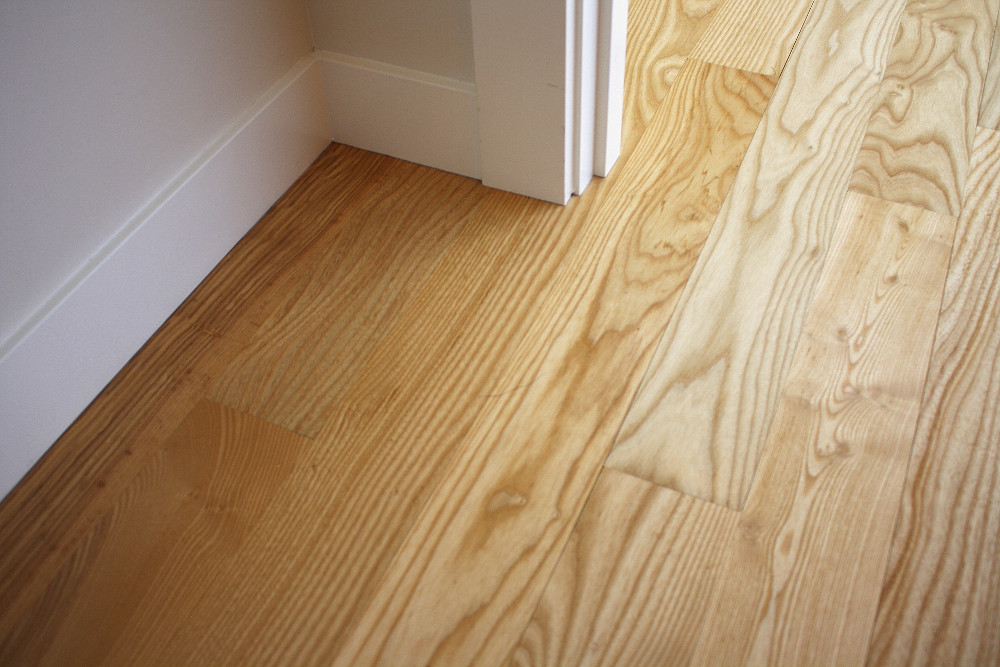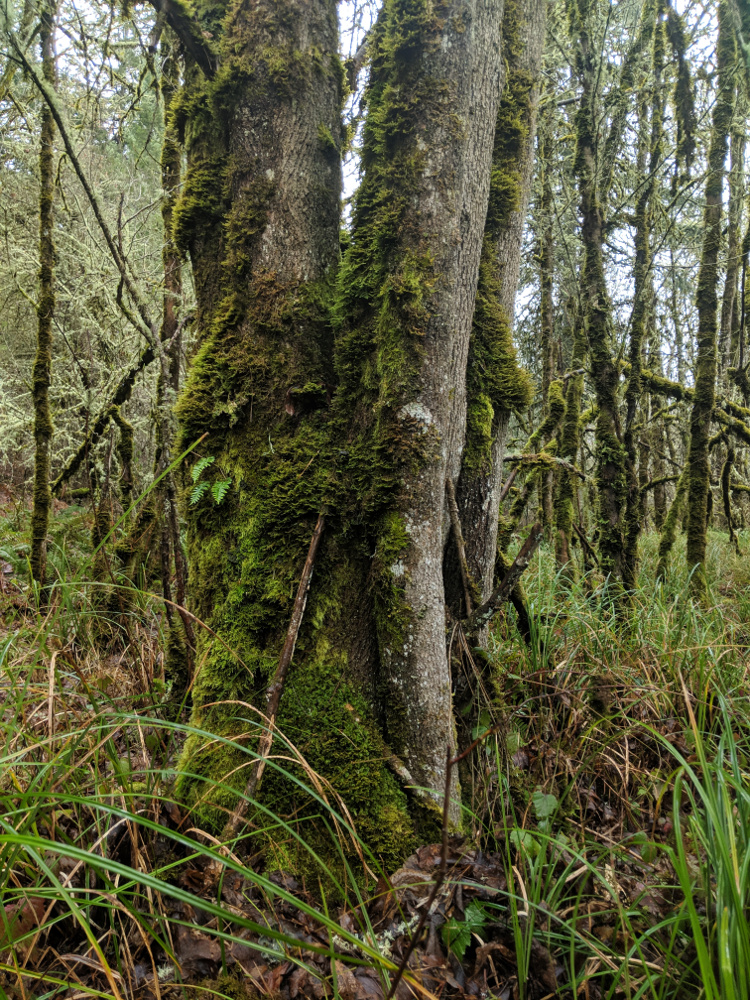What's so special about Oregon Ash?
Oregon Ash, Fraxinus latifolia is not very prevalent here in the Willamette Valley. It shows up most everywhere, but it rarely grows in abundance over large acreages. As a result, it has never been a primary species that we saw at Zena. One of the great parts of my job is the opportunity to connect with and help other landowners think through ways to manage their hardwood forests here in the valley. As I continue to develop more relationships with landowners and the pool of forested acres that we work with continues to grow, I have started getting a more reliable supply of Ash logs.
Ash grows primarily along the creeks and in the wet and marshy areas of the valley. Thus the ubiquitous names like “Ash Creek” and “Ash Swale” that are common throughout the Willamette Valley. Unlike its Willow and Cottonwood neighbors in the riparian areas, Oregon Ash has a mind of its own and does not restrict itself to wet areas. It can be found growing in all sorts of dry and rocky upland areas as well.
Ash lumber has its own unique look, showcasing an array of whites, grays, yellows and browns. Like Western Maple, Oregon Ash does not live forever and will start to rot from the inside out as it matures. Rarely will an Ash tree live past 80 years old. This results in a beautiful marbling that appears in the heartwood lumber as the center slowly decays. The decay will initially show up as a discoloration, and only much later will the wood begin to lose its density and strength as the decay progresses.
Oregon Ash’s characteristic marbling is on full display in these floor boards.
As the trees mature and the decay process sets in, wood eating grubs will start to bore their way through the trees. Amazingly, the trees manage to coexist with these invaders for an impressively long time before they finally succumb to the ravages of age, decay, and insects. We have at times found extensive grub channels in the Ash lumber that we process. While novel and interesting, these holes and channels are not suitable in any of the end uses where our lumber goes, so we chop out this defect.
Due to high impact resistance, hardness and impressive strength, Eastern Ash has been used extensively for tool handles and baseball bats. There is very little historical documentation of Oregon Ash being used for anything except firewood. With properties similar to the Eastern Ashes, it is very suitable for a wide range of applications. We process it into lumber for flooring, furniture and cabinetry. The unique color of Oregon Ash is a great complement to the Oregon Oak and Western Maple that we saw.
The future of our Oregon Ash is uncertain though. Throughout the eastern U.S., the Emerald Ash Borer is devastating Ash forests. This little bug bores under the bark, and feeds on the inner bark layers, thereby disrupting the tree’s ability to transport water and nutrients. Since its discovery in the U.S. in 2002, the Ash Borer has spread across the entire eastern half of the U.S. and is slowly and steadily heading west. It is only a matter of time before it arrives in Oregon. For this reason, we have stopped planting Ash trees in our forest. We still promote the naturally regenerated seedlings, but we are planting Alder in the areas where we used to plant Ash.
Read more:
http://owic.oregonstate.edu/oregon-ash-fraxinus-latifolia
http://www.emeraldashborer.info/
http://www.emeraldashborer.info/documents/MultiState_EABpos.pdf






